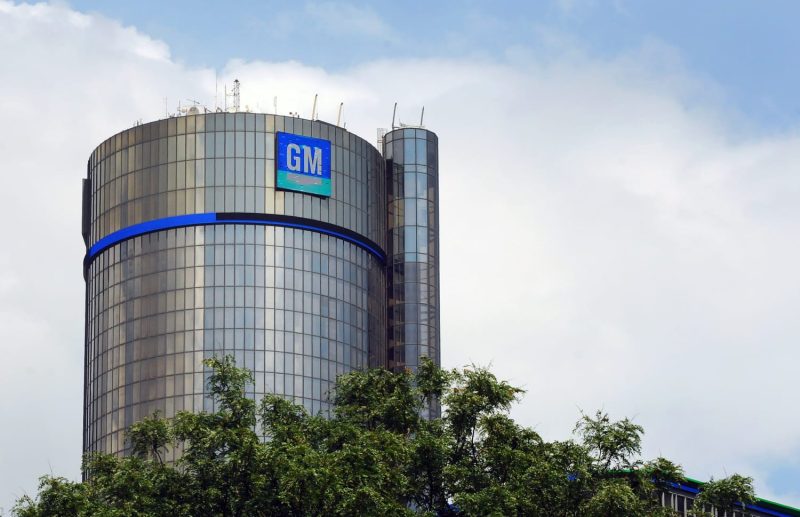In the ongoing saga of restructuring and cost-cutting measures, iconic automobile giant General Motors (GM) has announced a significant reduction of its operational staff, laying off approximately 1,000 workers. This alarming step is a critical component of GM’s broader agenda to streamline operations, reduce costs, and pivot in stride with the rapidly evolving automobile industry.
The economic landscape of the automobile sector is witnessing an era of pronounced change. A discernible shift is towards leaner operations and embracing new-generation trends – like electric vehicles, self-driving technology, and connected cars. As part of this transitional phase, even industry leaders such as GM cannot shy away from the uphill task of aligning themselves with new realities. This has manifested in the company’s recent decision of a massive workforce reduction, affecting the livelihood of 1,000 devoted employees.
Before diving into the reasons behind the layoffs, it’s crucial to grasp the extent of GM’s reorganization plan. For months, the company’s executives have been underlining the need to reshape operations to ensure the business’ longevity and future competitiveness. This reorganization involves optimizing production processes, divesting in less profitable segments, re-evaluating the company’s global footprint, and ramping up investments in promising areas, such as electric and autonomous vehicles.
The aforementioned layoffs are not an isolated occurrence but rather part and parcel of this larger restructuring scheme. The layoffs primarily impact the company’s Markham, Ontario facility, which has been a production hub for GM. The decision is part of GM’s strategy to optimize its workforce across all its facilities, intending to improve efficiency, manage costs, and promote a more sustainable business framework.
Despite the jarring immediate impact the layoffs have on the affected employees, GM has stated that they are an unfortunate but necessary step towards achieving long-term sustainability. The goal is to align the company’s resources more cohesively to emerging trends and the associated potential for growth in the automobile industry. In the face of increasing competitive pressure, fluctuating fuel prices, stricter emission regulations, and rapidly changing customer preferences, this rationalization of the workforce is a defensive as well as a strategic move.
Turmoil is often a breeding ground for change, and GM’s layoffs serve as a reverberating acknowledgement of this truth. A portion of the funds saved in this process will make its way to GM’s research and development department. The aim is to pave the way for innovative products that cater to a rapidly modifying market. This approach could ensure GM stays ahead of the pack in terms of technology adoption and customer satisfaction.
While the laid-off employees face a challenging path ahead, the company has taken measures to ease the transition. GM has pledged to offer support to the affected workers in finding new employment opportunities and furthering skill development. Despite the painful process, the effort is a testament to the company’s commitment to its employees’ welfare.
The ripple effects of GM’s layoffs remind us of the relentless necessity for businesses to adapt to changing markets. Although the decision impacts many lives, it’s earmarked as a strategic move to accommodate the evolving technological wave in the automobile industry. GM’s decision stands as proof that no entity is too large or established to bypass the imperatives brought about by disruptive innovation and market transition.
In retrospect, the layoffs at GM form a significant part of the reorganization and cost-cutting measures initiated by GM to stay viable. Moreover, it underscores a profound industry trend—adapt or perish.









